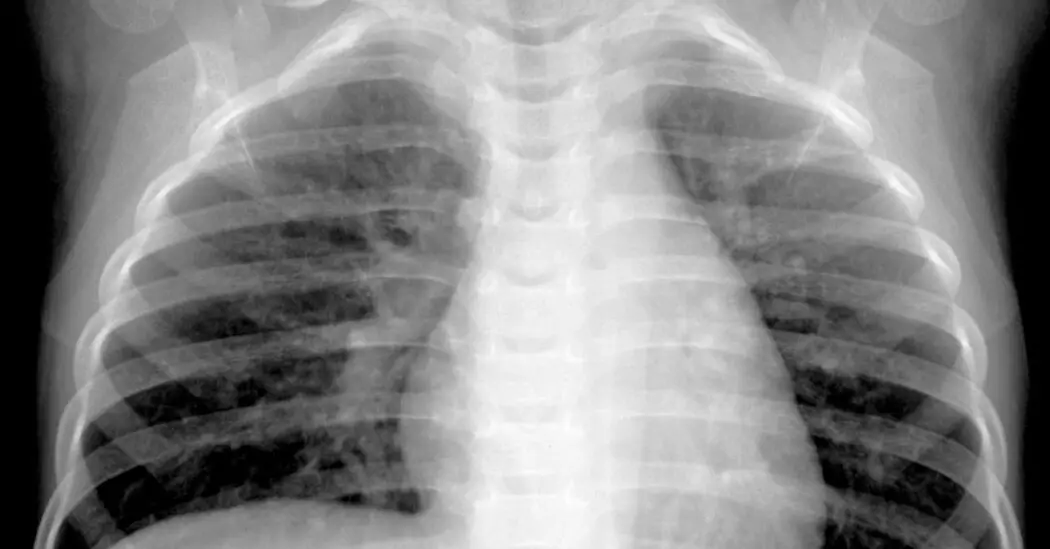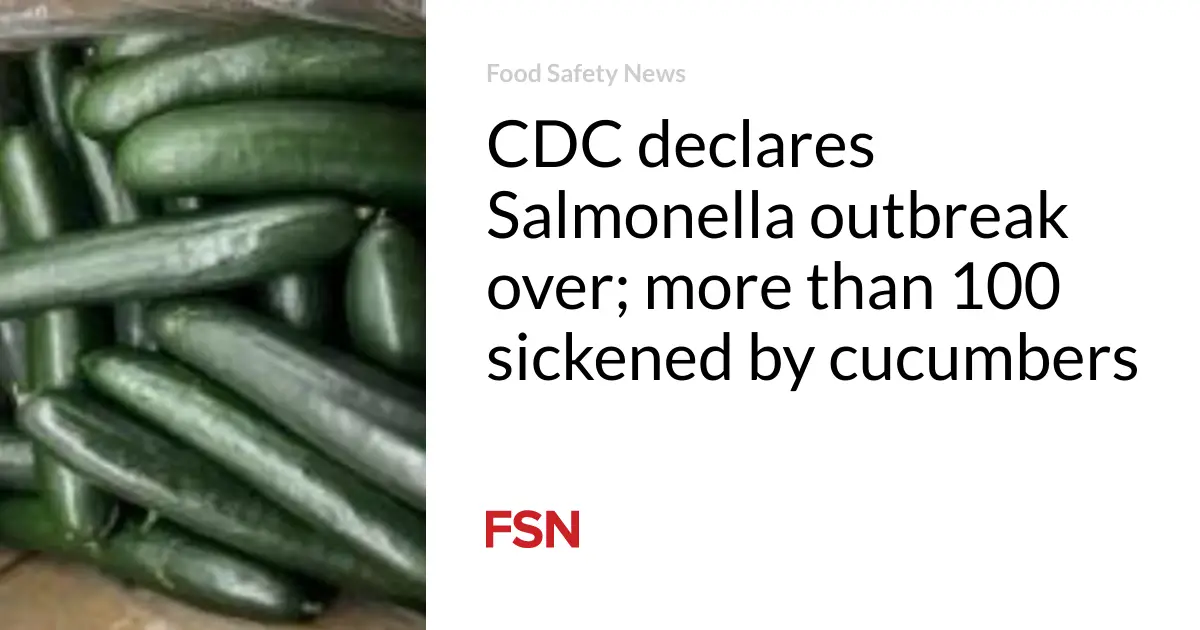

What is Disease X?
Don’t panic! Disease X doesn’t exist yet – but it might one day. Disease X is the label that the World Health Organization uses to refer to some currently unknown infectious condition that is capable of causing an epidemic or – if it spreads across multiple countries – a pandemic. The term, coined in 2017, can be used to mean a newly discovered pathogen or any known pathogen with newly acquired pandemic potential. By the latter definition, covid-19 was the first Disease X. But there could be another in the future.
Why are people talking about it now?
The World Health Organization has been warning global leaders about the risks of future pandemics at the World Economic Forum’s annual meeting. “Some people say this may create panic,” says WHO director-general Tedros Adhanom Ghebreyesus. “No. It’s better to anticipate something that may happen – because it has happened in our history many times – and prepare for it.”
What might the next Disease X be?
We don’t know – that is why it is called Disease X. The coronaviruses, a large group of viruses, were long seen as a prime contender for producing a new pandemic, even before the covid-19 outbreak. That is because the novel coronavirus wasn’t the first dangerous pathogen from this group. In 2002, a different coronavirus started spreading in China. It caused a form of pneumonia called SARS that killed around 1 in 10 of those it infected, before it was stopped by strict infection control measures. Another, even deadlier coronavirus called MERS occasionally breaks out, causing a pneumonia that kills 1 in 3 of those infected. However, recent work suggests SARS and MERS would have a harder time triggering a fresh pandemic because almost everyone in the world now has antibodies to the virus that causes covid-19 and these seem to give partial protection against most other pathogens in the coronavirus family.
Are there any other contenders with pandemic potential?
Plenty of diseases, some well known and others less familiar, could pose a global threat. Flu strains have caused global pandemics several times in the past, including one of the deadliest disease outbreaks ever, the “Spanish flu” of 1918. A virulent strain of bird flu is currently sweeping the world, and it occasionally spreads from birds to mammals, causing mass die-offs. Just this week, it was named as the culprit in the deaths of 17,000 baby elephant seals in Argentina last October. Then there are other contenders, such as Ebola, which causes severe bleeding, and the mosquito-borne Zika, which can cause babies to born with smaller heads if the infection occurs during pregnancy. The WHO updated its list of pathogens with the most pandemic potential in 2022.
What can we do to stop Disease X?
There is some good news: the covid-19 pandemic may have made it easier to stop any future Disease X. Covid-19 spurred the development of novel vaccine designs, including ones that can be quickly repurposed to target new pathogens. It led, for instance, to the advent of vaccines based on mRNA. This formula contains a short piece of genetic material that makes the body’s immune cells produce the coronavirus “spike” protein – but it could be updated to make cells churn out a different protein, simply by rewriting the mRNA sequence.
Can we do anything else to fight against Disease X?
Countries need better early warning systems for new diseases, and health services need to become more resilient to unexpected surges in demand, says Tedros. “When hospitals were stretched beyond their capacity [with covid], we lost many people because we could not manage them. There was not enough space, there was not enough oxygen.” To prevent the same thing from happening when Disease X strikes, Tedros says health services must be able to expand their capacity on demand. Luckily, they can make those preparations without knowing exactly what Disease X will be. “Disease X is a placeholder,” he says. “Whatever the disease is, you can prepare for it.”
Topics:






